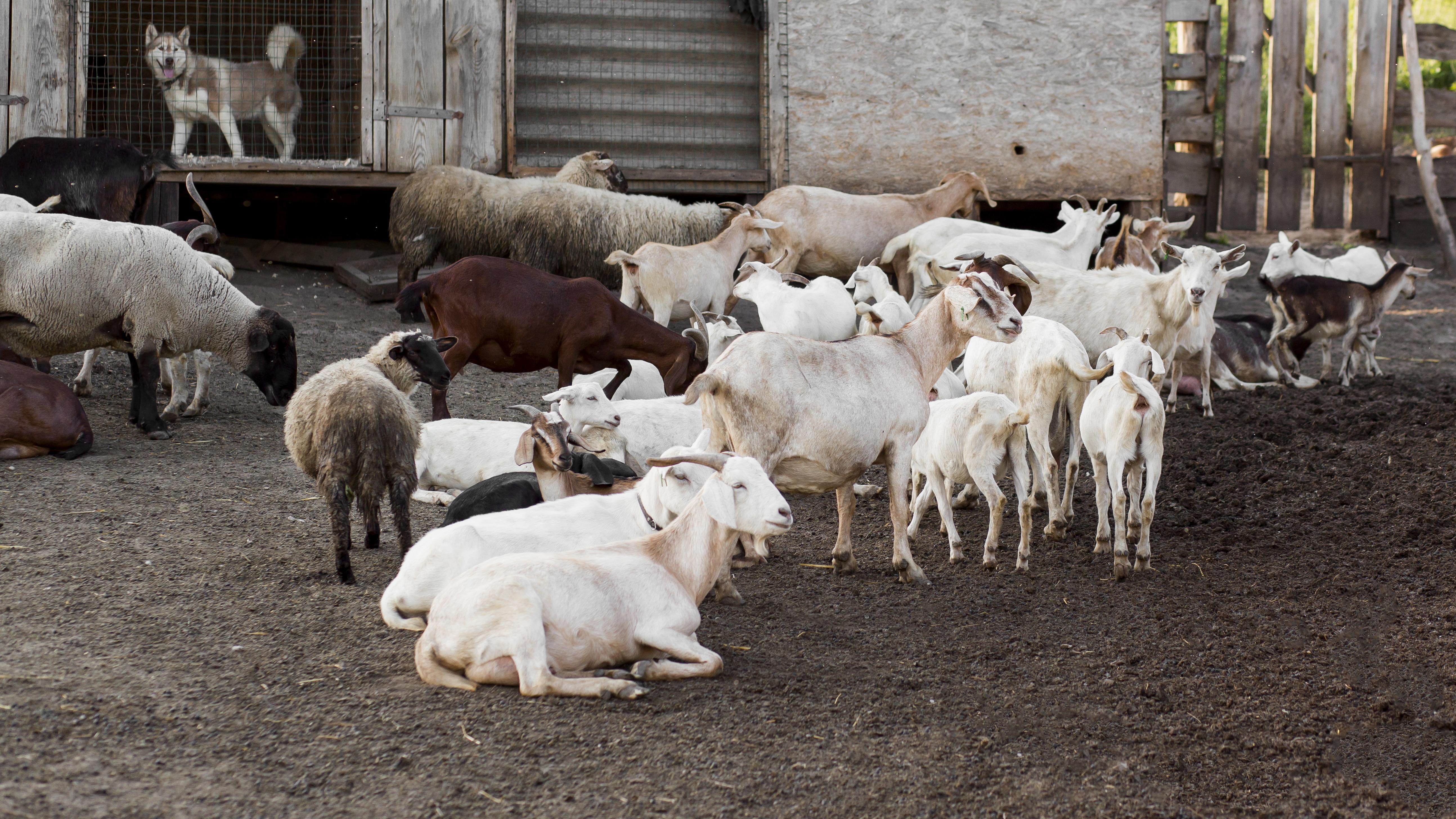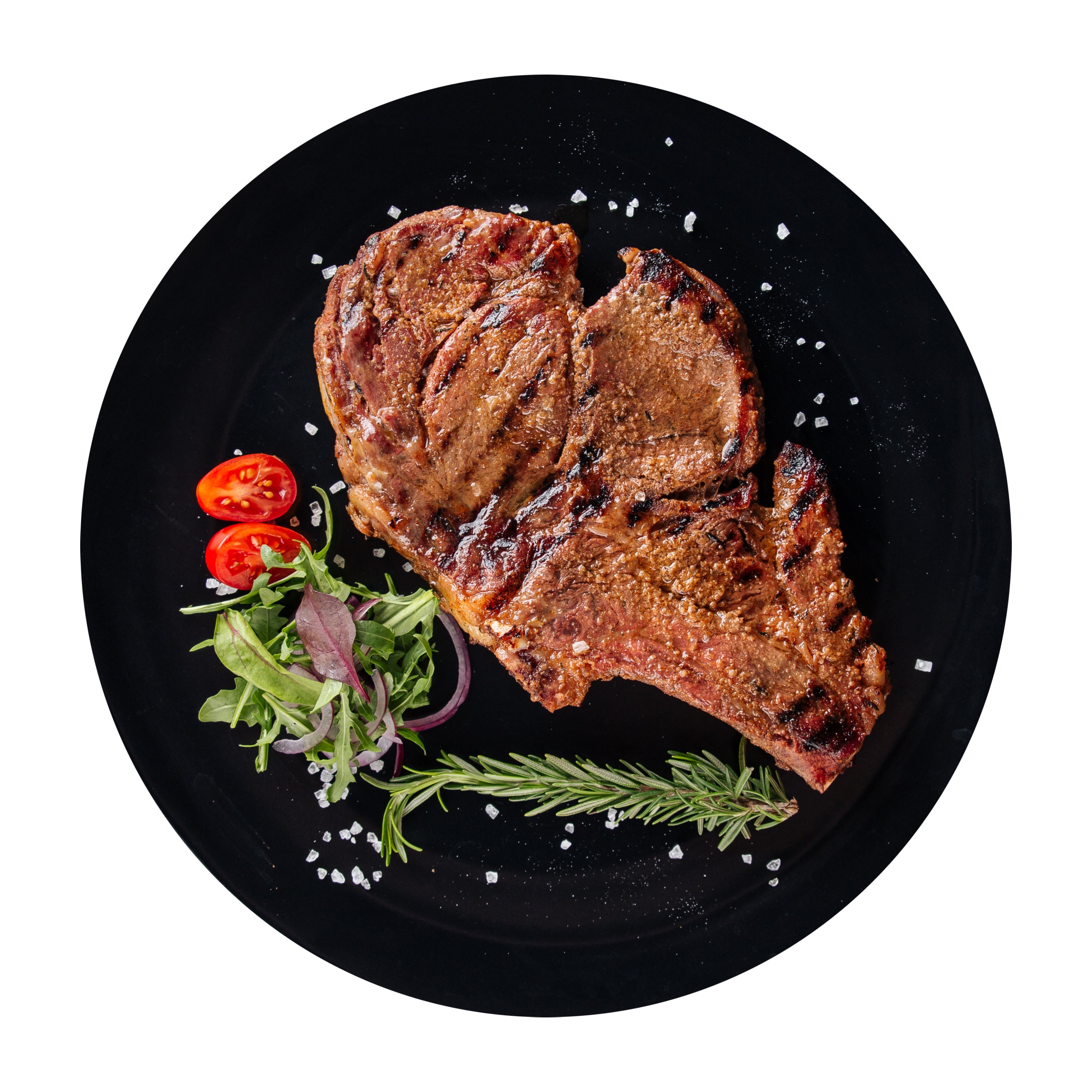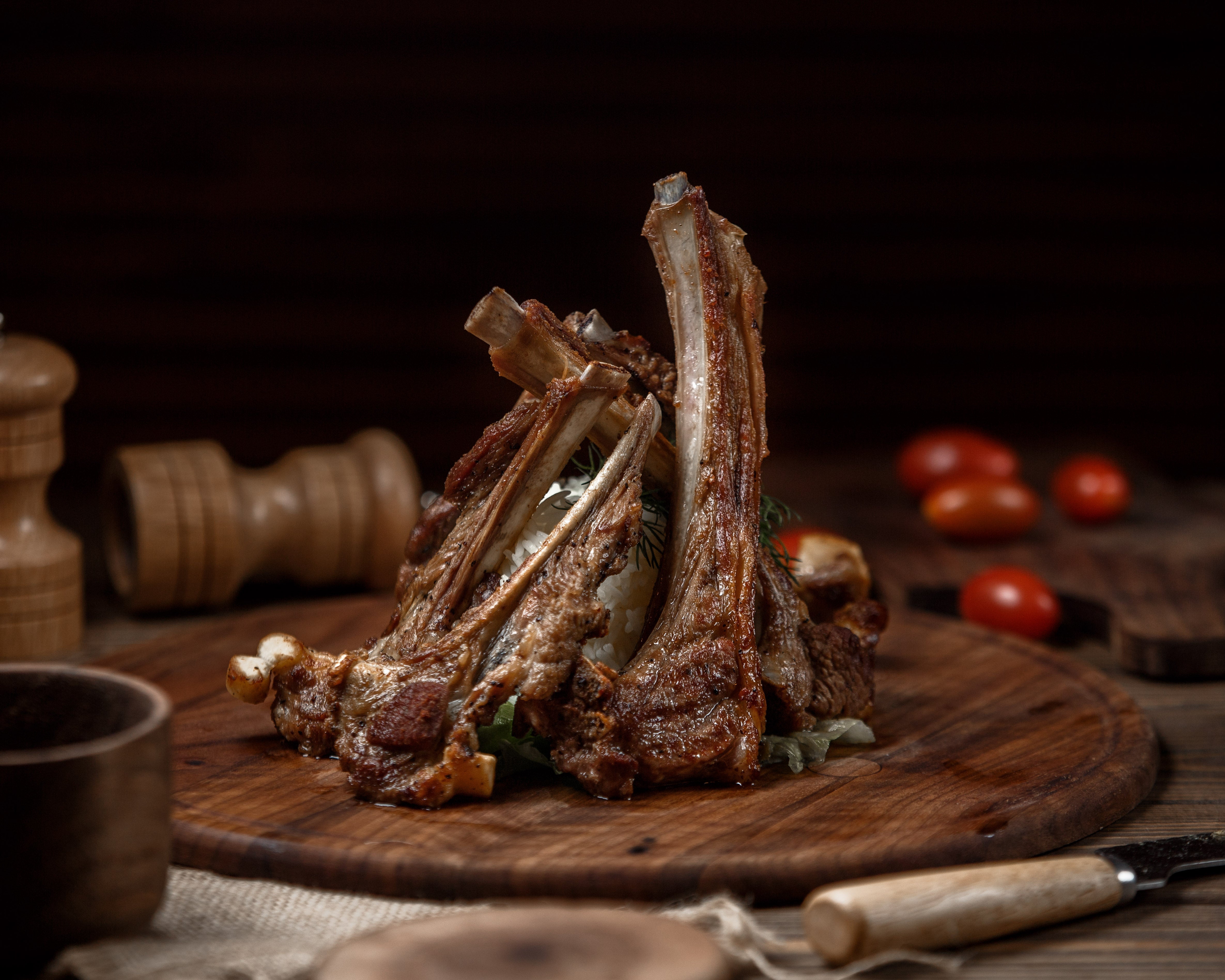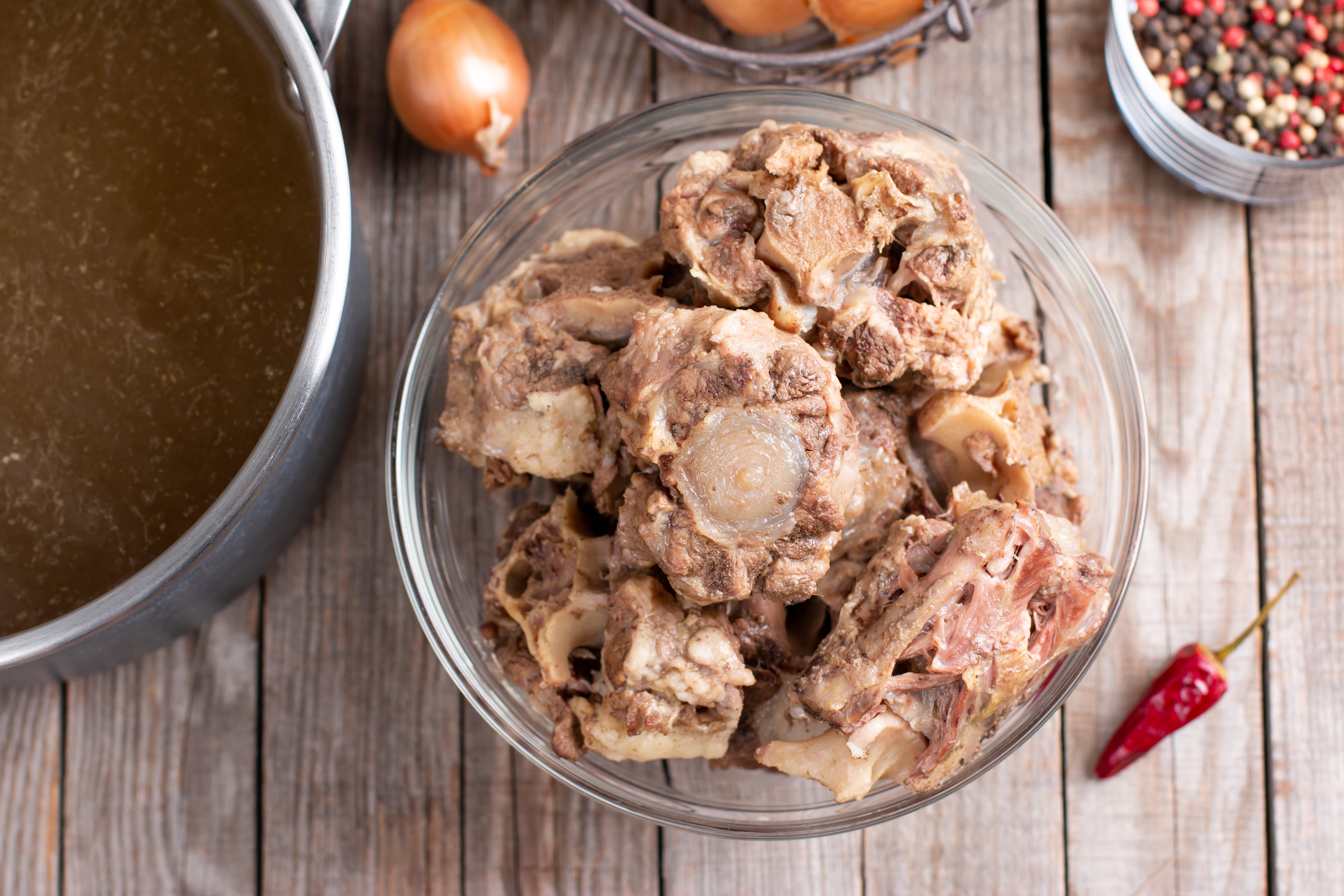
The Role of Spices in Qurbani Traditions
Eid ul Azha, also known as the Festival of Sacrifice, is one of the most significant religious celebrations in the Islamic calendar. While it is primarily a commemoration of the faith and obedience of Prophet Ibrahim (A.S), the days surrounding it are also deeply immersed in community spirit, generosity, and cherished culinary traditions. In particular, spices play an essential role in transforming qurbani meat into dishes that carry the soul of tradition, heritage, and shared joy.
In many parts of the Muslim world, especially in South Asia, the Middle East, and North Africa, the use of spices is not just about taste; it is an act of cultural storytelling. Each spice, each blend, and each aroma whispers tales of ancestors, regional flavours, and age-old methods of cooking that are revived with love every Eid. This article takes a journey through the spice rack, exploring how these humble ingredients bring qurbani traditions to life.

A Celebration That Begins in the Heart
Before we step into the kitchen, it’s essential to acknowledge the heart of Eid ul Azha. The act of qurbani, or animal sacrifice, is more than a ritual—it is a reminder of devotion, gratitude, and sharing with others. Once the animal has been sacrificed, according to halal guidelines, the meat is divided into three portions: one for the family, one for friends and relatives, and one for the less fortunate.
This generous distribution is followed by festive meals that are lovingly prepared, shared, and savoured. And central to those meals are the spices—the unsung heroes that give every dish its distinctive identity.
Why Spices Matter in Eid Cooking
In qurbani traditions, meat takes centre stage. Whether it’s beef, mutton, goat, or camel, the freshness and quality of the meat are undeniable. But what truly transforms these proteins into soul-stirring meals is the careful, thoughtful use of spices.
Spices serve several purposes:
-
Flavour enhancement: They bring out the natural richness of meat.
-
Preservation: In earlier times, spices were used to preserve meat before refrigeration.
-
Aromatherapy: The aromas evoke emotions, memories, and anticipation.
-
Cultural identity: Spices tell the story of regions and communities.
-
Digestive aid: Many spices have medicinal benefits that support digestion, especially with heavy meat dishes.
Spice Staples Across Cultures
Although the specific blends may vary, some spices are almost universal in Eid ul Azha cooking.
Cumin (Zeera)
Used whole or ground, cumin has a warm, earthy aroma and is often the first spice added to hot oil. It’s a foundational spice in kebabs, curries, and stews.
Coriander (Dhaniya)
Coriander seeds and powder lend a citrusy, slightly sweet flavour that balances meat’s richness. It’s commonly used in dry rubs and curry bases.
Red Chilli (Lal Mirch)
From mild Kashmiri chilli to fiery powdered varieties, this spice adds colour and heat. It’s used in everything from dry-fried boti to spicy gravies.
Turmeric (Haldi)
Though not always dominant in meat dishes, turmeric adds a golden hue and earthy note, along with anti-inflammatory properties.
Black Pepper (Kali Mirch)
Whether used in marinades or as a finishing touch, pepper adds sharp heat and complexity. It pairs beautifully with grilled or roasted meats.
Ginger and Garlic
Often used as fresh paste, ginger and garlic are foundational to South Asian meat dishes. They cut through the fat and add aromatic depth.
Garam Masala
A blend of warm spices like cinnamon, cloves, cardamom, and nutmeg, garam masala is added towards the end of cooking for a fragrant finish.
The Eid Kitchen as a Sacred Space
For many families, the kitchen during Eid ul Azha is a sacred space. Mothers and grandmothers often take the lead, bringing with them decades of experience and precise instincts. Spice blending is not simply following a recipe; it’s a deeply intuitive process.
In some households, spices are ground fresh using traditional tools like the sil batta (stone slab and roller) or kharal (mortar and pestle). The rhythmic grinding, the wafts of toasted cumin, and the careful toasting of spices are all part of a ritual that connects the present to generations past.
Children may be invited to help peel garlic or pass ingredients, listening as elders share stories of past Eids, secret family recipes, and regional variations. This is how culinary heritage is passed down—not through books, but through practice and presence.
Signature Eid Dishes and Their Spice Stories
Let’s see how spices shape some of the iconic qurbani dishes prepared during Eid ul Azha.
1. Karahi Gosht
This dish, popular in Pakistan and Northern India, is a simple yet powerful celebration of meat, tomatoes, green chillies, and spices.
-
Spices used: Cumin, coriander, red chilli flakes, black pepper, garam masala.
-
Story: Karahi is often cooked outdoors on a high flame, with the sound of sizzling meat and bubbling tomatoes drawing the whole neighbourhood in.
2. Seekh Kebabs
Minced meat, mixed with spices and grilled on skewers.
-
Spices used: Roasted cumin, coriander, black pepper, paprika, dried mint, garam masala.
-
Story: Kebabs are one of the earliest dishes made post-qurbani, often prepared fresh as the meat is minced and grilled within hours.
3. Nihari
A slow-cooked meat stew often eaten the morning after Eid.
-
Spices used: Fennel, star anise, cloves, cinnamon, black cardamom, and special nihari masala blends.
-
Story: Nihari reflects the Mughal culinary legacy, slow-simmered through the night and served at dawn.
4. Achar Gosht
Meat cooked with spices that mimic pickling flavours.
-
Spices used: Mustard seeds, fenugreek, nigella seeds, fennel, red chilli, and vinegar.
-
Story: This tangy, robust dish is popular for its ability to last longer and for its punchy flavour profile.
5. Paya (Trotters)
A gelatin-rich dish made from the feet of the animal.
-
Spices used: Garam masala, black pepper, turmeric, coriander, and plenty of garlic and ginger.
-
Story: Traditionally served to guests, this dish requires long hours of cooking and careful spicing to balance its richness.
Regional Spice Influences
Spices in Eid dishes vary based on geography. Here’s a snapshot of how different cultures infuse their Eid tables with local spice profiles:
-
Middle East: Uses milder spice blends like baharat, sumac, cinnamon, and allspice.
-
South Asia: Known for bold, layered spices with heavy use of chillies, garam masala, and dried herbs.
-
North Africa: Harissa, ras el hanout, and saffron are key players in lamb tagines and stews.
-
East Africa: Dishes like Somali suqaar use cumin, cardamom, and turmeric with a distinct flavour balance.
These regional differences illustrate how Eid ul Azha is both universal and local, tied by faith, but beautifully varied in flavour.
Modern Twists When It Comes to Spices
In today’s kitchens, while many still hold onto traditional spice methods, some cooks are experimenting by blending old with new.
-
Infusing spices into oils: Instead of using powdered spices, oil is infused with whole spices and used as a drizzle.
-
Dry-rubbing meats: Inspired by Western barbecue techniques, dry rubs made with traditional Eid spices add a new texture and crust.
-
Slow cookers and sous-vide: These modern tools are paired with ancient spice blends to extract maximum flavour.
But regardless of method, the soul of Eid cooking still lies in the harmony and balance of spices.
The Healing Power of Spices
Spices aren’t just for taste, they carry health benefits that are particularly valuable during meat-heavy meals.
-
Turmeric: Anti-inflammatory and aids digestion.
-
Cumin: Supports metabolism and reduces bloating.
-
Coriander: Cools the body and helps digestion.
-
Ginger and garlic: Combat cholesterol and boost immunity.
-
Black pepper: Enhances nutrient absorption.
These healing properties were known to our ancestors long before modern science confirmed them. Hence, spice use in Eid cooking isn’t just cultural, it’s practical and health-conscious too.
Conclusion: Spices as Threads in the Fabric of Eid
As the aroma of cardamom-laced stews or cumin-crusted kebabs fills homes during Eid ul Azha, it becomes clear that spices do more than season food—they season memories. They carry nostalgia, bring families together, and allow us to express love and gratitude through the simplest, most meaningful medium: food.
In every pinch of ground spice lies a tale of migration, of adaptation, of resilience. Whether your table features fiery masala chops or subtly spiced broths, remember that these traditions are more than recipes. They are lived experiences, passed from hand to hand, kept alive through each Qurbani.
This Eid, as you reach for your spice jars, do so with intention. Honour the legacy, share the flavour, and let your dishes tell the story of faith, family, and the fragrant art of celebration.







